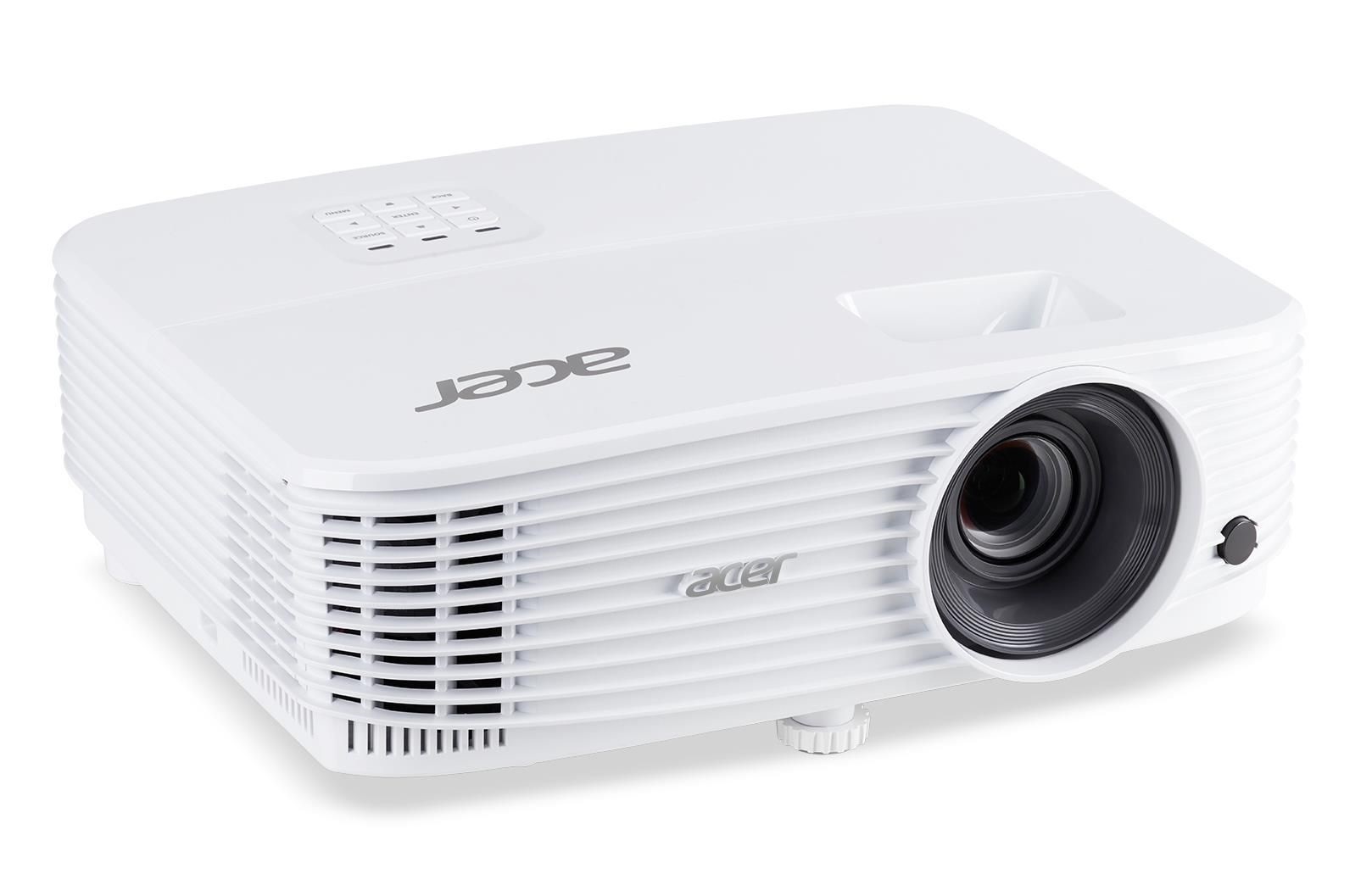
Projektor (1986), U-Anlage (1986) and zwei, drei, vier-eins nach zwei (1986) are some of his sculptures in the exhibition. The bell, ear or horn serve to appeal to a sense of hearing by mapping relations that guide the viewer through his mysterious world of light and shadow.
#Projektor oldenburg series
His playful and ironic intentions come through in the initially puzzling aspect of his pieces in which the sculptures series Mann im Matsch (1986) is the only anthropomorphic reference in the exhibition.ĭirectly related to the senses, Ecker Bogomir’s work unfolds through codes invented by the artist, signs that have no real referent, but have the intention of achieving sensory stimulation. Thomas Schütte, perhaps the German sculptor with the greatest impact of this collection, presents in this exhibition his conception of architecture as decoration. Among the exhibits in the exhibition Ohne Titel (Serpentinata) from 1984 stands out, a curious fountain, reminiscent of Duchamp’s urinal. The lightweight structuralism of his pieces, mostly made with sheets of aluminium or copper, is hidden behind a heavy and grey appearance which the artist provokes as a critique about the evolution of manufacturing and production in series. Named "failed instruments" by the artist, his works seem to be prototypes of industrial machines whose functionality has been altered to make them look like artistic objects.



Albert Hien's sculptures are characterised by ideas that are similar to do-it-yourself.


 0 kommentar(er)
0 kommentar(er)
